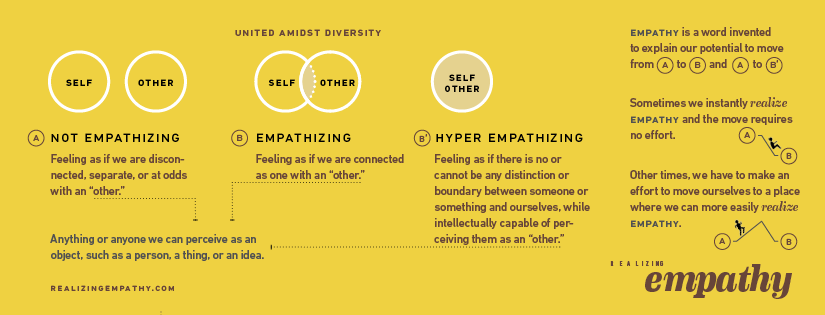Sometimes,
it’s not easy to go beyond
compassion.
To accept the challenge
of putting aside our own emotions
of concern.
To lessen our focus
on our good intentions
of wanting to alleviate someone’s suffering
or enhancing their well-being.
Maybe even to suspend
our indignance
and resentment.
So as to make room
for a sense of wonder.
To enhance our focus
on revising our expressions
for greater impact.
Connecting
and staying present with their emotions,
even if we may not like
or want to feel
those emotions.
